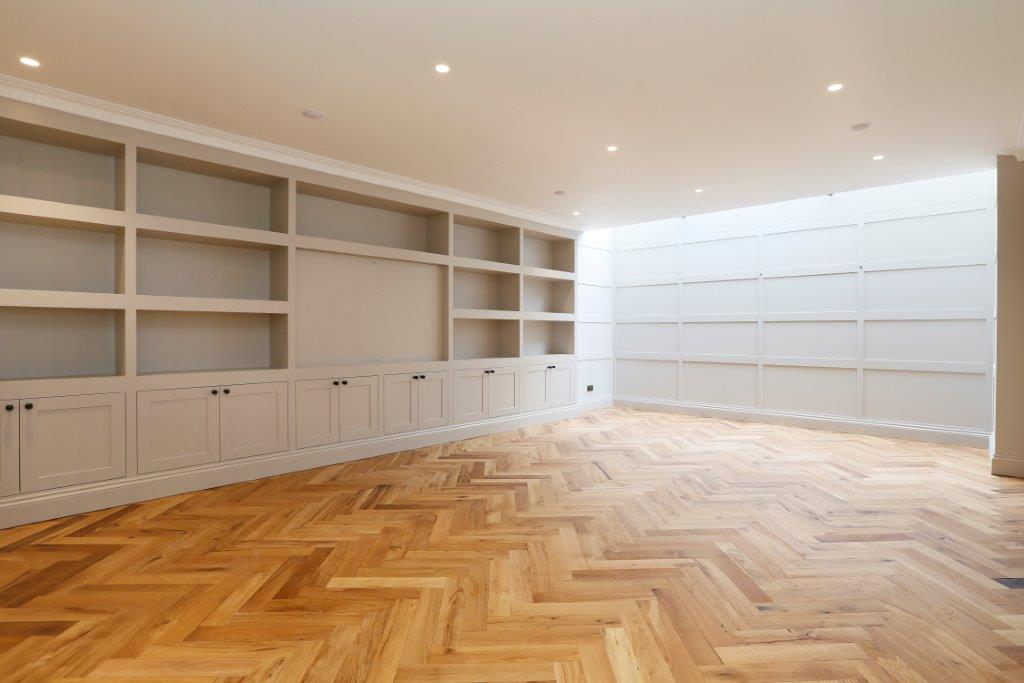
Wood is naturally an absorbent material and when water soaks into it, it causes permanent damage.
A steam mop by its very nature uses water heated to 120 degrees or over 200 degrees on some models.
Steam mops put heat and excessive water on the floors; which soaks into the wood grains and causes it to expand, discolour and warp.
Flooring manufacturers and other professionals caution that steam can cause damage to both solid and engineered flooring:
- Steam is able to get down into the tiniest cracks and crevices and soak into the unfinished wood below the surface. The presence of lingering moisture can lead to problems in the future.
- Where a wax or varnish finish is present, the use of a high-temperature steam mop could ruin the finish and damage the wood itself.
- Newly sealed wood floors can be affected by steam as well because there might be missed spots in the sealant, especially the seams between the boards.
- Instances where planks are worn and areas on them may be missing finish, steam hydrates quickly and moisten the wood; causing dark and unsightly blotches of water-stained wood.
- When moisture is introduced at a deep level within the floorboard, it causes the wood to swell and press against each other. The edges can curl upward, and result in what is known as cupping. While this may abate somewhat when the wood dries out, the floor never returns to its original condition.
How to clean wood floors safely
Vacuuming and dust mopping regularly is essential to keep your wood floors clean.
Wipe up any liquid spills and dirt stains immediately to avoid water damage.
Avoid using vinegar or all-purpose cleaners on floorboards as this will dull the finish.
For households with pets and high foot traffic, a pH neutral cleaning solution should be mixed with water and applied using a damp microfiber cloth — never wet or soaking wet.
Always read your manufactures recommended cleaning instructions and ensure that you are aware of what you should and shouldn’t use.

